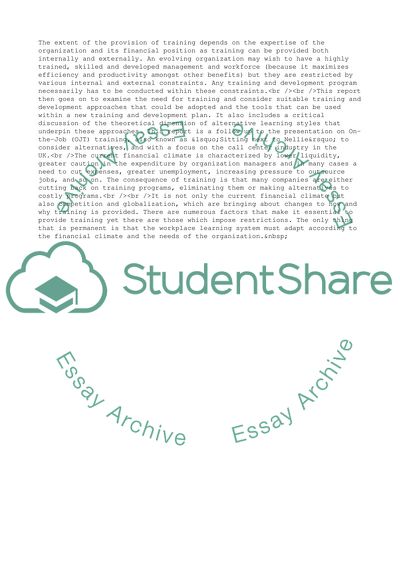Cite this document
(Training and Development in Evolving Organisations Term Paper, n.d.)
Training and Development in Evolving Organisations Term Paper. https://studentshare.org/business/1723766-training-and-development-in-evolving-organisations
Training and Development in Evolving Organisations Term Paper. https://studentshare.org/business/1723766-training-and-development-in-evolving-organisations
(Training and Development in Evolving Organisations Term Paper)
Training and Development in Evolving Organisations Term Paper. https://studentshare.org/business/1723766-training-and-development-in-evolving-organisations.
Training and Development in Evolving Organisations Term Paper. https://studentshare.org/business/1723766-training-and-development-in-evolving-organisations.
“Training and Development in Evolving Organisations Term Paper”. https://studentshare.org/business/1723766-training-and-development-in-evolving-organisations.


